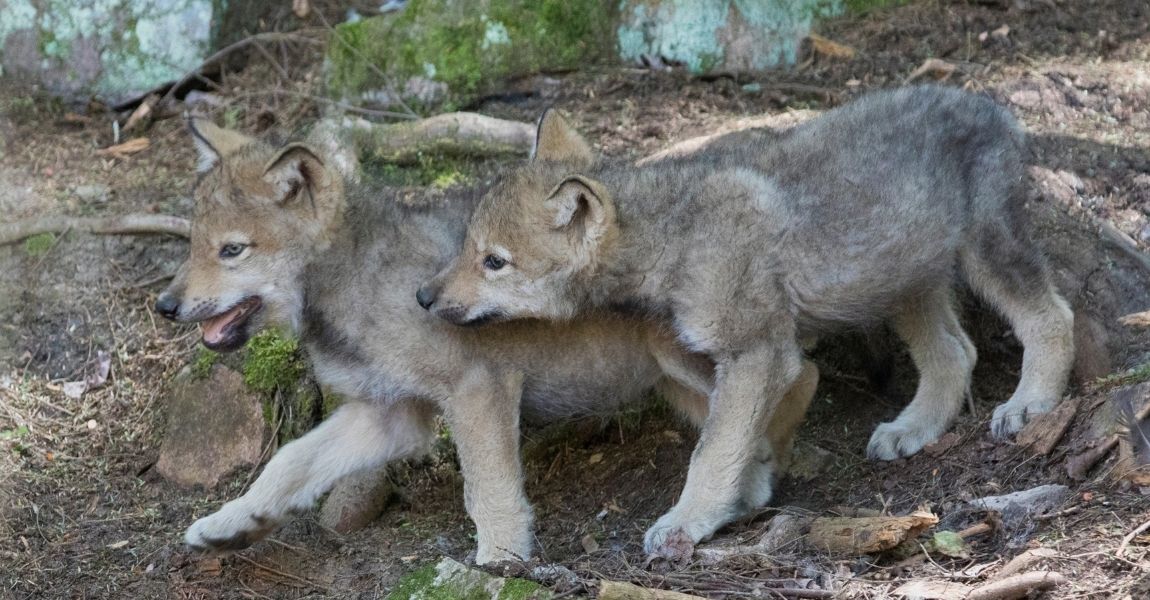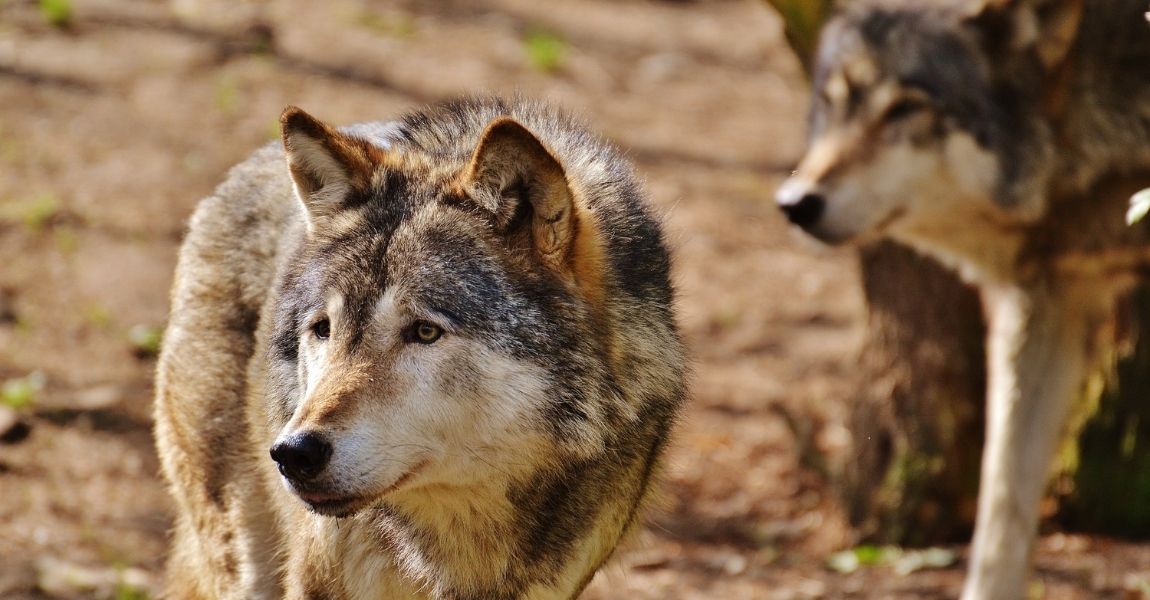The Majestic Canadian Timber Wolves: Unveiling the Northwestern Wolf
Introduction:
In the vast wilderness of Canada, a creature roams that embodies the spirit of the untamed wilderness—the Canadian Timber Wolf, also known as the Northwestern Wolf. This magnificent species holds a significant place in Canada's ecological landscape, capturing the imaginations of nature enthusiasts and wildlife lovers alike. In this article, we will explore the fascinating world of Canadian Timber Wolves, delving into their characteristics, habitat, social behavior, and conservation efforts.
Physical Description:
Canadian Timber Wolves are the largest members of the canine family, with males weighing up to 130 pounds (60 kg) and measuring around 6.5 feet (2 meters) in length, including their bushy tail. Their striking appearance showcases a beautiful combination of colors, including shades of gray, black, and white, with variations among individuals and regions. Their large paws and muscular build enable them to navigate diverse landscapes with ease.
Habitat and Range:
The Northwestern Wolf primarily inhabits the boreal and montane forests of Canada, including regions like Alberta, British Columbia, Ontario, and the Yukon. This expansive territory provides them with the ideal mix of dense forests, open spaces, and abundant prey populations. These adaptable creatures can also be found in Alaska and parts of the northwestern United States.
Behavior and Social Structure:
Timber Wolves are highly social animals, living in packs that consist of a dominant breeding pair, their offspring, and related members. These packs are essential for hunting, territory defense, and raising young. Communication plays a crucial role within the pack, with wolves employing vocalizations, body language, and scent marking to convey messages and maintain cohesion.
Their hunting prowess is extraordinary, with a preference for large ungulates such as moose, elk, and deer. A pack will work together to pursue and bring down their prey, showcasing remarkable coordination and teamwork. Canadian Timber Wolves have a crucial ecological role, as they help regulate prey populations, prevent overgrazing, and maintain the balance of ecosystems.
Conclusion:
In the vast and untamed landscapes of Canada, the Canadian Timber Wolf, or Northwestern Wolf, stands as a symbol of the wilderness and the delicate balance of nature. With their extraordinary physical attributes, intricate social structures, and crucial ecological role, these majestic creatures deserve our utmost admiration and protection. It is our collective responsibility to support conservation initiatives, engage with local communities, and preserve their habitats to ensure the continued existence and thriving of Canadian Timber Wolves. By doing so, we can safeguard not only a remarkable species but also the very essence of the Canadian wilderness, allowing future generations to be inspired by the untamed beauty and resilience of these iconic predators. Together, let us cherish and protect the Canadian Timber Wolves, securing a future where they can roam freely and embody the spirit of the wild for years to come.
CLICK HERE for more :Specialized Care for Wolves






